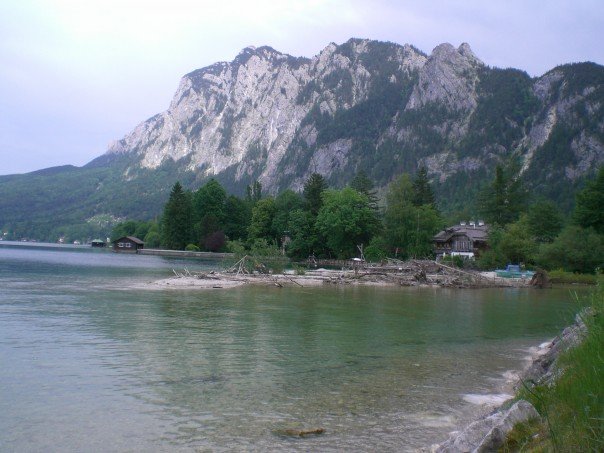Origins
The first movement can trace its creative roots back to a number of sources. In addition to Greek mythology, Mahler draws from sources as various as the nature surrounding him and respected philosophies of Arnold Schopenhauer. The former is clearly evidenced from Mahler's letters about the work. He mentions in letters to friends how his nature-walks and the scenery around Steinbach made it into his compositions. Mahler references Pan's slumber among the craggy peaks as pointing to the cliffs surrounding the lakes--composed away into his work. Much of his orchestration depicting summer's armies incorporates ceaseless rustlings in the strings, bird calls, and trills (Solvik-Olsen 1990, 188).

As Mahler remarked in a letter to long-time friend Natalie Bauer-Lechner:
"It has almost ceased to be music; it is hardly anything but sounds of nature. It's eerie the way life breaks through, out of petrified, soulless matter" (Johnson 2005, 29).
Schopenhauer's influence can be felt in both the scope and effect of this first movement. The Third is one of the longest symphonic works in the Western canon. Much of that length comes from its first movement--usually taking about 45 minutes to perform. The pure expansiveness of the work points to Schopenhauer's call to halt the human will and "still the wheel of Ixion." Music's task is to bring Man away from himself and his egoistic creations--therefore offering rebirth and reduced suffering (Helfling 1999, 353).
Form
Though one of Mahler's main criticisms has been his lack of formal construction, the first movement of the Third contains a clear and connected architecture, expressing the intense dualism of Mahler's elemental forces. After a powerful opening motive in the horns, the music stills, rolling into a brooding, contemplative march meant to illustrate Pan's seat amongst the mountain rocks. In stark opposition is the movement's second main theme area that depicts the rustlings of life, which spring forth into a sprightly army. These two motives alternate as the scene shifts from one battle camp to the other.
The "A" section is typified by a slow, plodding march in 3/2, with a strong gravitational pull around A within the D Minor triad.
The contrasting "B" section, on the other hand, lilts and flows from quiet beginnings, signifying the birth and mustering of summer's armies.